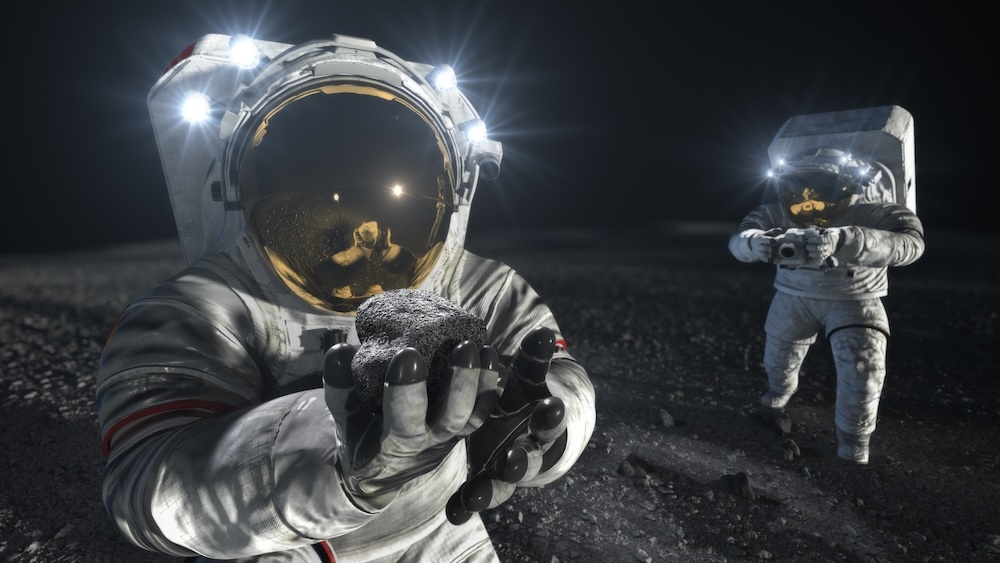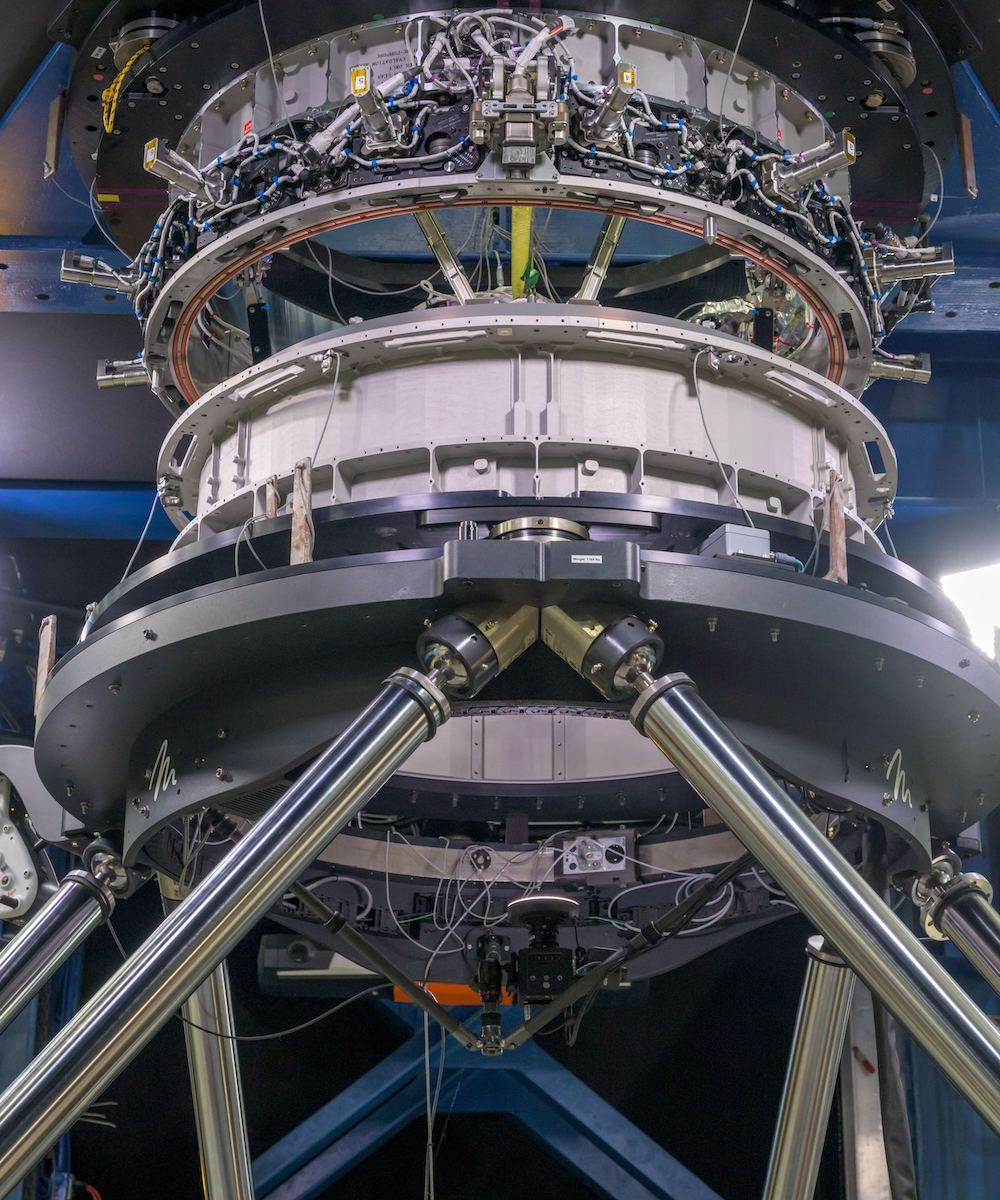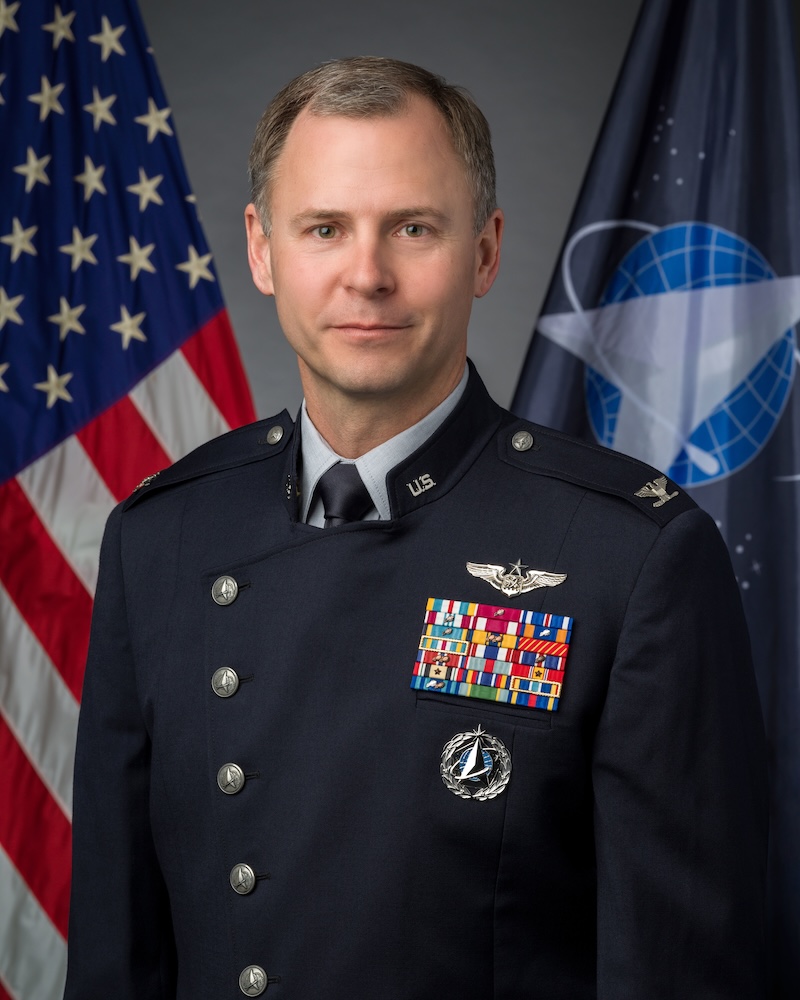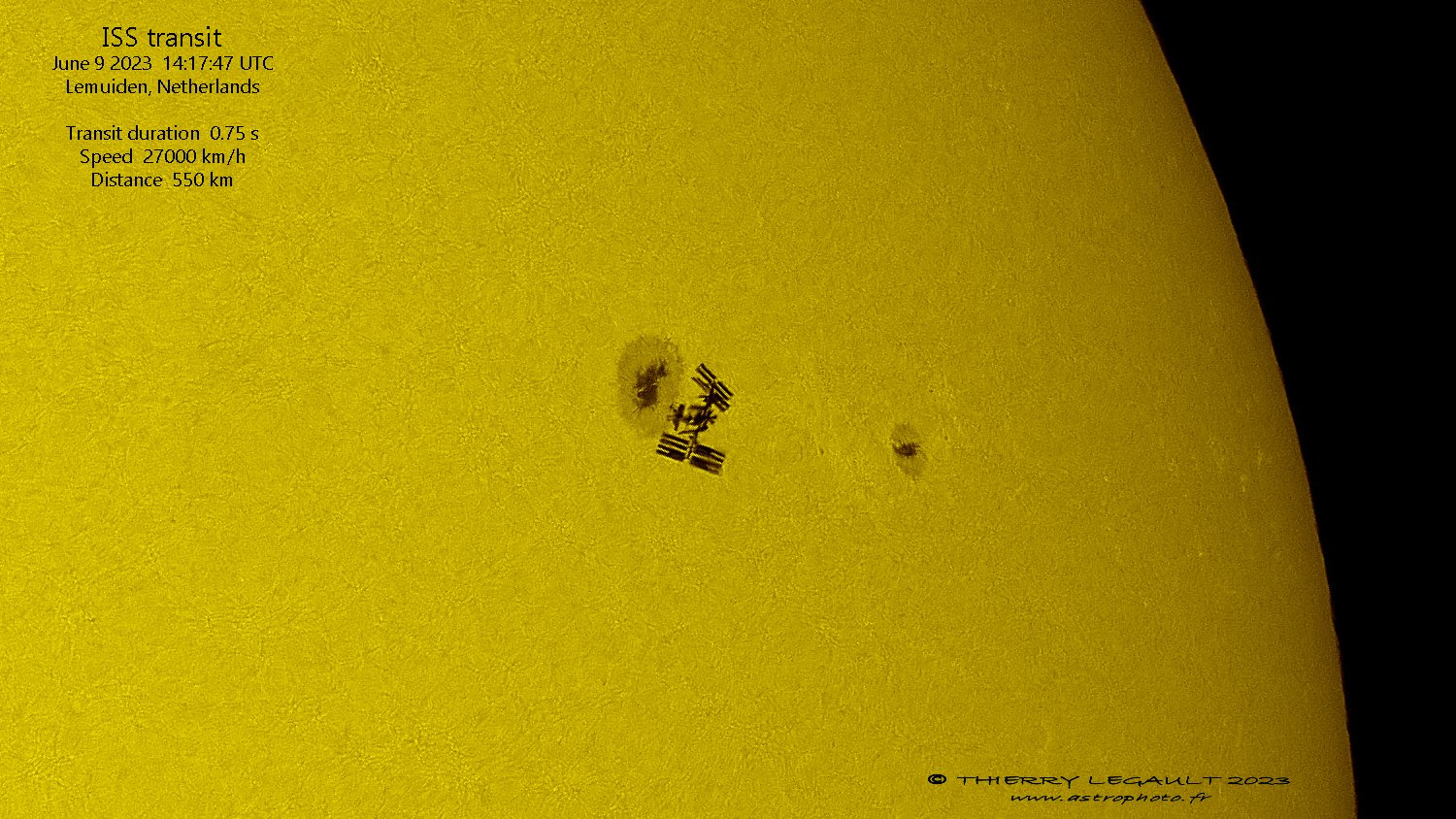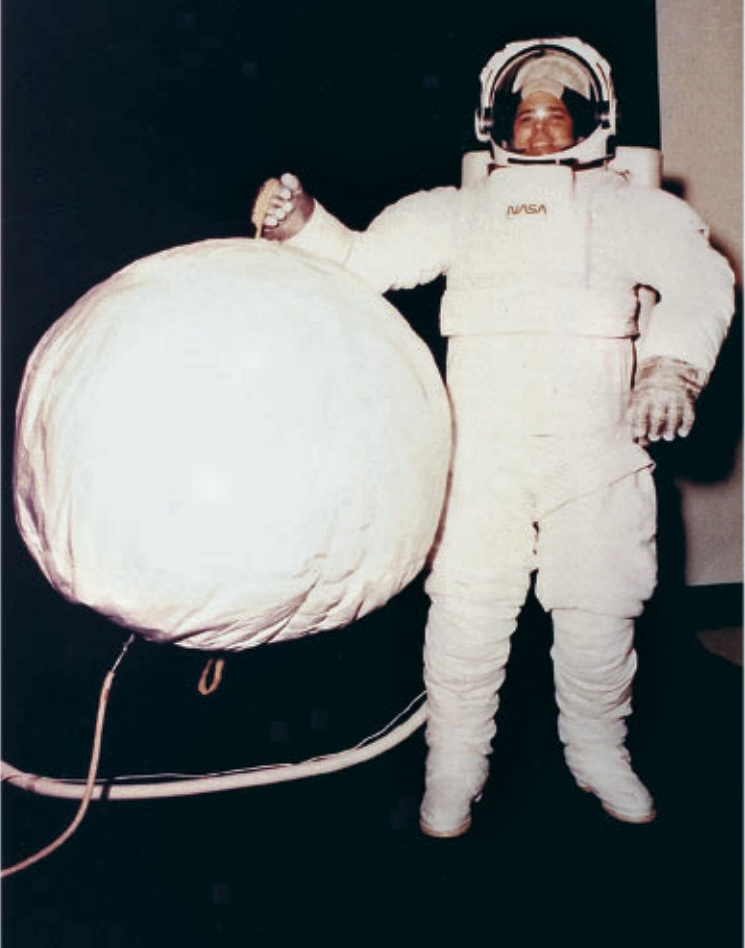If all goes well, NASA’s Artemis III mission will bring humans back to the Moon as early as 2026, the first time since the Apollo 17 crew departed in 1972. It won’t be a vacation, though, as astronauts have an enormous amount of science to do, especially in lunar geology. A team from NASA recently presented their planetary science goals and objectives for Artemis III surface activities, which will guide the fieldwork the astronauts will carry out on the lunar surface.
The Artemis III Geology Team presented their priorities at the Lunar and Planetary Science Conference in March 2024. In addition, NASA also announced their choices for the first science instruments that astronauts will deploy on the surface of the Moon during Artemis III.
Continue reading “NASA Reveals its Planetary Science Goals for Artemis III”
